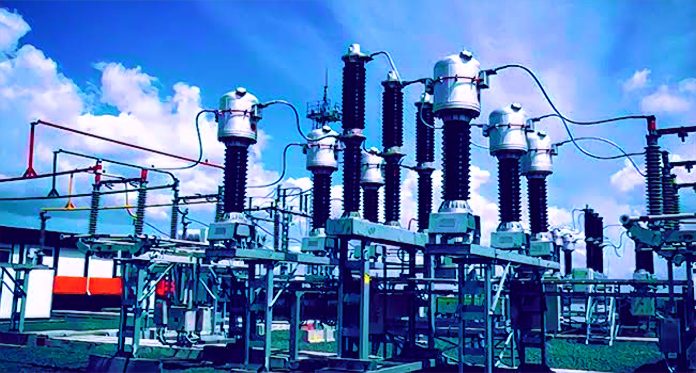KEY POINTS
- Nigeria’s national grid suffered its 10th collapse in 2024, causing widespread blackouts across the country.
- Power generation dropped from 3,934.77MW to zero during the afternoon, with 22 plants affected.
- Transmission Company of Nigeria (TCN) engineers worked swiftly to restore power, with partial supply returned to Abuja at 2:49 pm.
Nigerians were plunged into darkness on Tuesday after another collapse of the national power grid, marking the 10th such incident in 2024 alone.
Power generation dropped dramatically, with supply falling from 3,934.77 megawatts (MW) at 6:00 am to a low of 0.00MW between 2:00 pm and 3:00 pm.
The disruption, which began around 1:50 p.m., occurred when the grid lost power. By 1:52 pm, TCN confirmed that a partial disturbance caused by tripping of lines and generators, which destabilized the system. Despite swift restoration efforts, several states, including Lagos and Abuja, as well as parts of the southeast and north, faced prolonged outages.
Impact on Nigeria’s power supply
In Lagos, the Ikeja Distribution Company (DisCo) acknowledged the outage and communicated to customers that supply restoration was ongoing. Similarly, the Abuja Electricity Distribution Company (AEDC) informed residents of the grid failure, assuring them that efforts were underway to stabilize the system.
Across other regions like Ibadan, Kwara, and Ogun, the outages were felt strongly, with Ibadan DisCo working to restore power to Oyo and Ibadan regions. The widespread disruption also affected hospitals, schools and businesses, highlighting the vulnerability of Nigeria’s electricity infrastructure.
The Jos Electricity Distribution Company (Jos DisCo) reported outages in Gombe, Bauchi, Plateau, and Benue states, with another blackout occurring in Yobe state’s Damaturu. The Enugu Electricity Distribution Company also faced supply disruptions in Abia, Anambra, Ebonyi and Imo states.
Concerns and challenges in Nigeria’s power sector
Despite heavy investments in the sector, Nigeria’s national grid continues to collapse frequently, raising questions about the country’s power infrastructure. This is especially concerning given that the government has secured over $4.3 billion in loans from the World Bank to address grid instability.
PUNCH has noted that the grid collapse problem persisted under both President Muhammadu Buhari’s and President Bola Tinubu’s administrations.
Under Buhari, the grid collapsed 93 times over eight years, with the current government facing ongoing challenges. Most recently, the grid failed again just five days after a previous outage was fixed.
Need for infrastructure overhaul
Experts like Adeolu Taiwo have stressed the need for a comprehensive investigation to determine the root causes of the collapses, focusing on the failure of critical equipment. The convener of the Electricity Consumer Protection Advocacy Centre, Princewill Okorie, raised concerns over the quality of materials used in building the grid, questioning the stability of the system amid substandard practices.
Minister of Power Adebayo Adelabu has previously suggested that creating regional power grids could help reduce the frequency of collapses. He emphasized that the current state of the country’s power infrastructure requires urgent overhaul to prevent further disruptions.
Until these systemic issues are addressed, Nigeria’s power sector seems poised for continued instability, leaving millions of citizens to contend with unreliable electricity supply.



